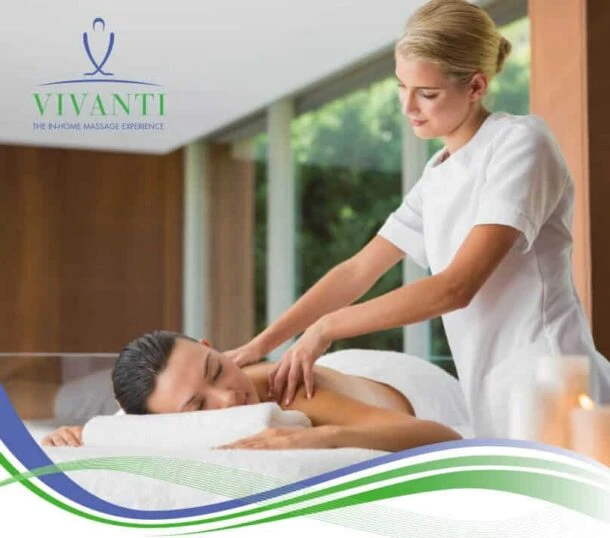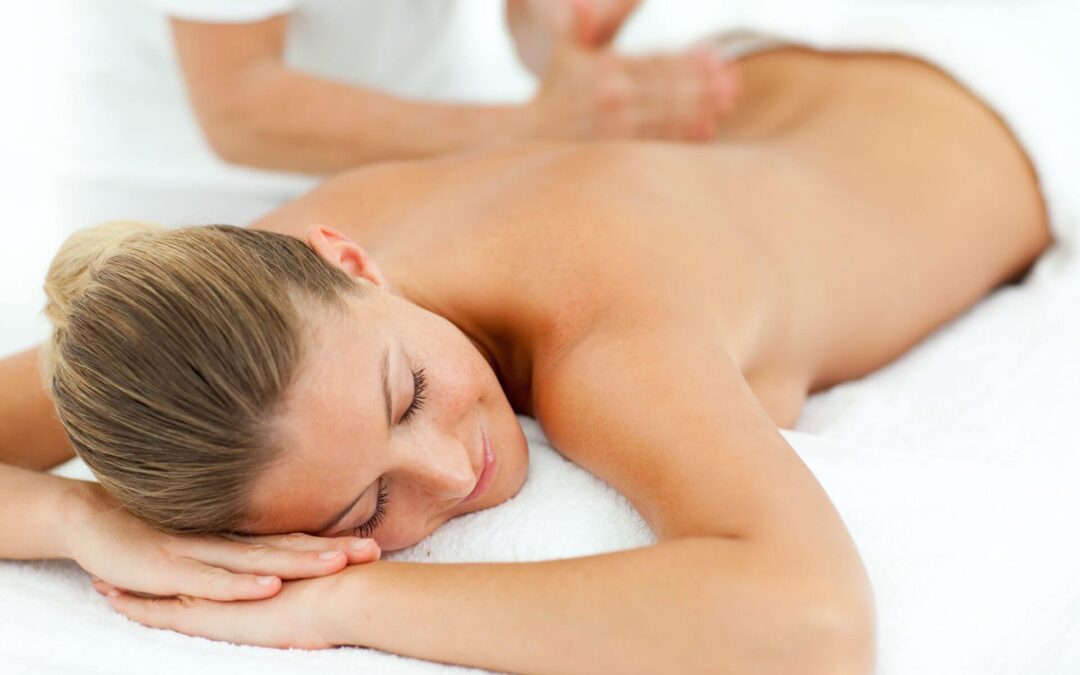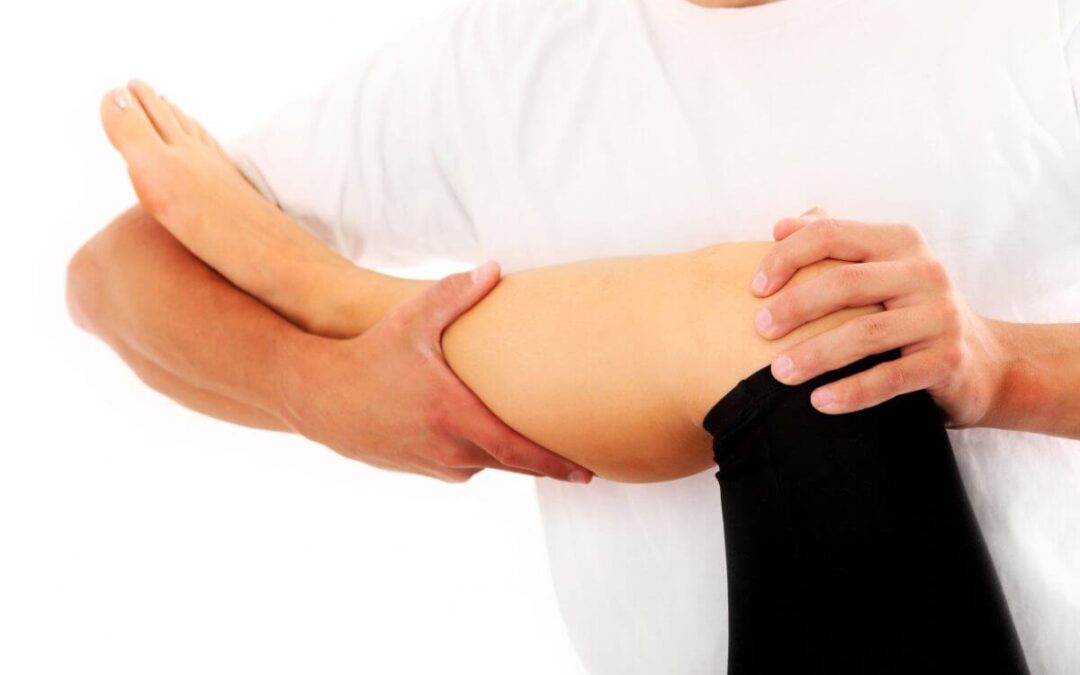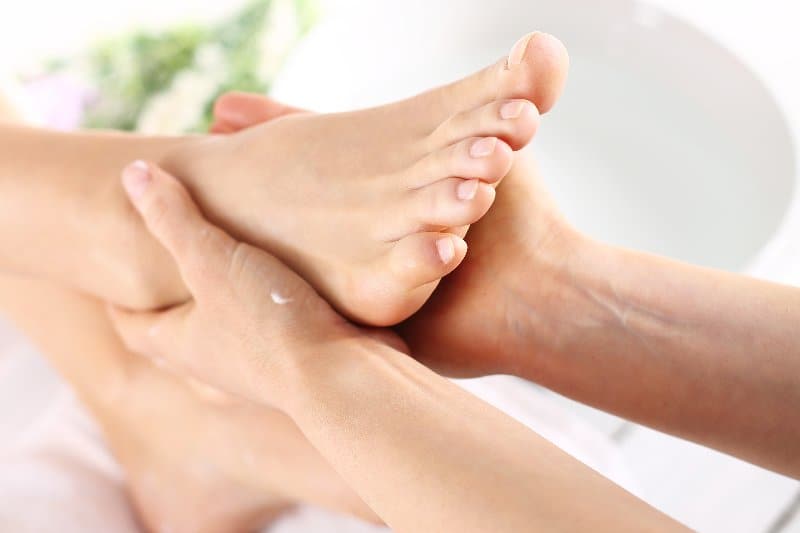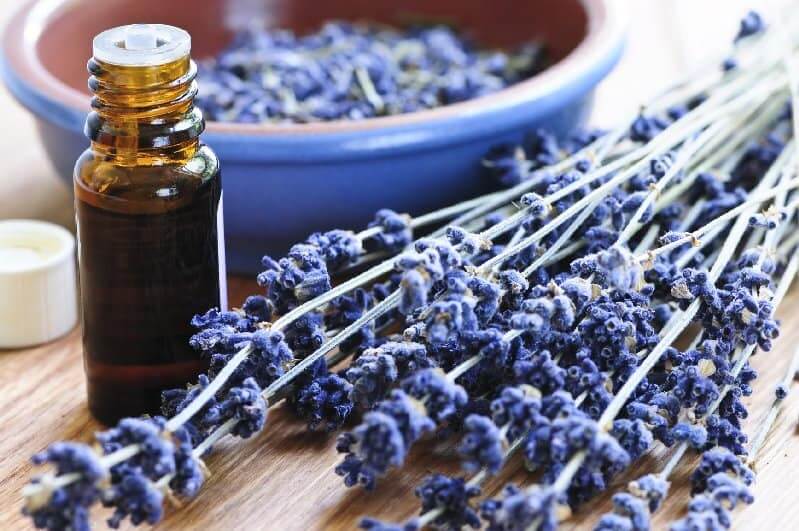
5 Ways to Relieve Stress Fast
Assuming you live in a developed country, stress comes with the territory. But the fact that you’re surrounded by other stressed-out people probably doesn’t make you feel any calmer. Luckily, there are many ways you can beat stress fast. Refer to these five tips any time you’re frazzled. You’ll be able to reset and continue with your day.
1. Reach for an essential oil to soothe jittery nerves
When you’re stuck at your desk and stuck in a tense frame of mind, use an essential oil to refresh yourself. Here are some commonly prescribed oils for stress relief:
• Lavender
• Lemon
• Bergamot
• Ylang-ylang
• Clary sage
• Jasmine
Many brands of essential oils also offer their own stress-relief oil blends. These often contain citrus oils as well as gentle floral or herbal oils. When being around other people, go easy on scented products. Add a drop or two of your chosen oil to a cotton ball or tissue and take a few deep breaths. Then tuck the scented item into your neckline or shirt pocket. In addition, you can add oils to a diffuser pendant or apply an aromatherapy hand cream.
At home, you can be more liberal about using scents that permeate into the environment. Try lighting an aromatherapy candle or a stick of incense. When driving, you can stick your cotton ball with essential oil in an air vent. Bach Rescue Remedy is another quick solution for stress. There is a blended five flowers to create this reliever for acute stress and emergencies. You might also keep a bottle in your bag or desk drawer at work.
2. Write your stress away in just a few minutes
The fastest way to de-stress yourself is to keep a running list of ideas. When distracted by personal thoughts or tasks, keep a journal or notebook handy and write things down whenever they occur to you. Then get back to what you’re doing. You’ll relax knowing you’ve not forgotten anything.
Like exercise, use writing as a long-term stress-beater. Make a practice of doing a “brain dump” every morning before you start working. Writing about your feelings for a few minutes before bed may help you sleep better.
3. Check in with your body to correct physical stress
Although most stress originates in your own mind, adjusting your body is another way to beat stress and it can be done in several ways.
Posture: Spending countless hours over your computer? Leaning to one side or are you raising one shoulder to use the phone and keyboard simultaneously? If you are tilting your head or jutting your chin forward, then readjust your body alignment and workspace as needed.
Muscle tension: Take a few seconds to scan your body and note where you’re holding tension. Stop and rotate your joints or rub a sore area.
Eyes: Are your eyes dry or tired? Eye problems are common among computer users, and eyestrain can lead to headaches. Remind yourself to look away from your screen every half-hour or hour with alarms or push notifications. Focus on something in the distance, and move your eyes in different directions. Another way to relieve eyestrain is to rub your hands together and place your warm palms or fingers over your closed eyelids for a few seconds. Remember to use lubricating eye drops as needed.
Hunger and thirst: If you’re dehydrated or your blood sugar is low, you’ll feel less capable of dealing with stress and annoyances in general. Be sure to keep water, plain or flavored, nearby. If you’re unable to eat at your workstation, a hard candy can help you feel better until break time.
4. Go for a walk and feel immediate stress relief
Becoming consumed by a difficult project? Arguing with your partner? Feeling anxious because of a negative memory or emotion? Then get up. Walk away and keep walking. While you are in the office, go to the water cooler or visit another department. Go through the hallways or up and down some stairs.
Going outside helps even more. The change of scenery, sunlight, soft breeze and new scents will reset your mental state. Even if you can’t leave your post, you might try standing up for a few minutes. Keep in mind that a regular fitness program will help you during these times of acute stress, so make a point of working out in your free time. For example: 10 minutes of exercise can make a positive difference in the long run.

5. Give yourself a mini massage for instant relaxation
In case you cannot leave your desk, self-massage is another tension-buster you can try. While it’s not as satisfying as a full-body massage, it can certainly help you decompress. First, take a few seconds to determine where you’re feeling the stress. Many office workers, with the typical hunched-over posture, hold tension in their head, face, neck, and shoulders.
Doing a lot of keyboarding or other manual work might consequently generate aches in your elbows, forearm, wrists, hands, and fingers. Rubbing these areas increases circulation, relieves muscle tension, and helps prevent overuse injuries. Stress being more emotional than physical, you might feel tightness in your chest or stomach. Massaging these areas lightly can help you calm down. When attending a meeting, you can do a little surreptitious massage. Place in your hands in your lap, under the table. You can gently squeeze, press, and knead your hands without moving them noticeably.
A related move for busting stress is to book an in-home massage . Vivanti’s massage therapists visit you at your home, so you never have to worry about the hassle of commuting to your appointment. We come to you. In conclusion, remember that these and other techniques are available. However, alleviate tensions with a dual approach of in-the-moment solutions and a long-term management program is most effective.


